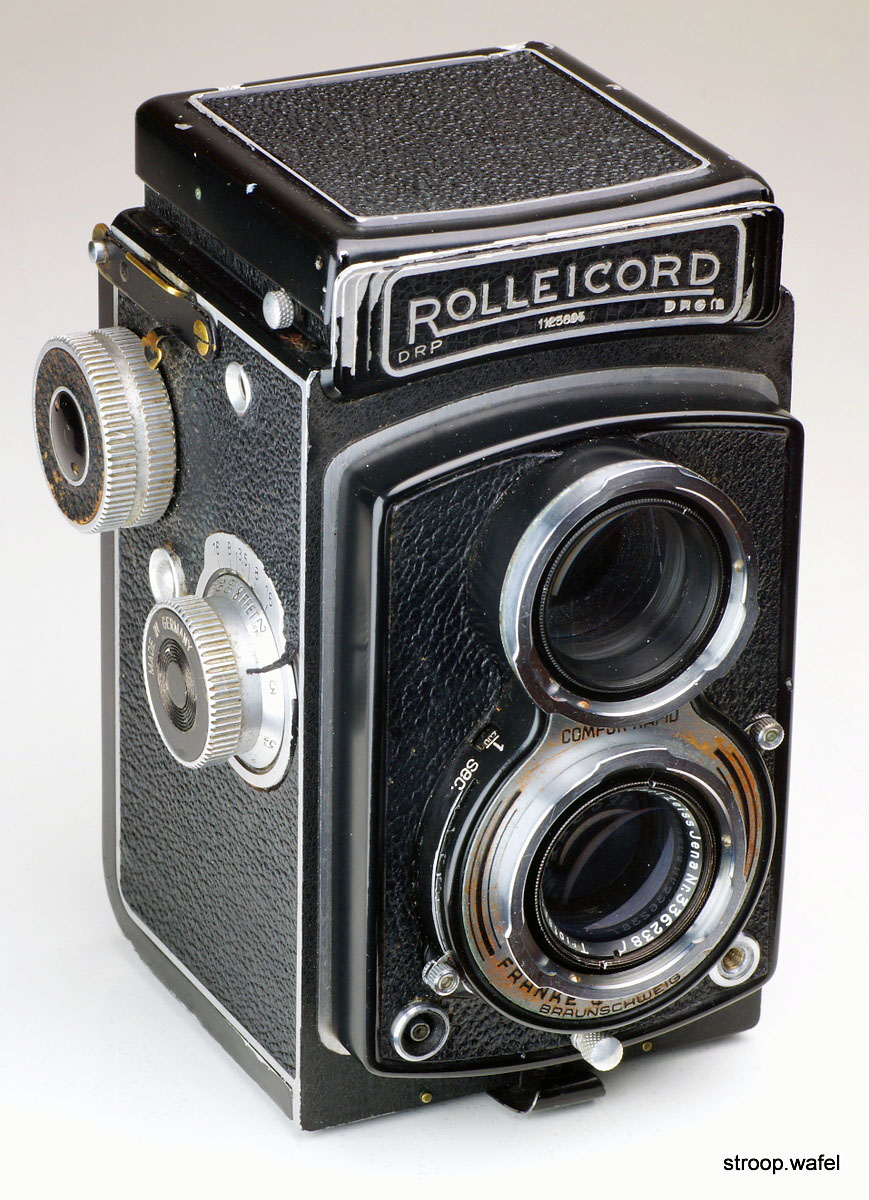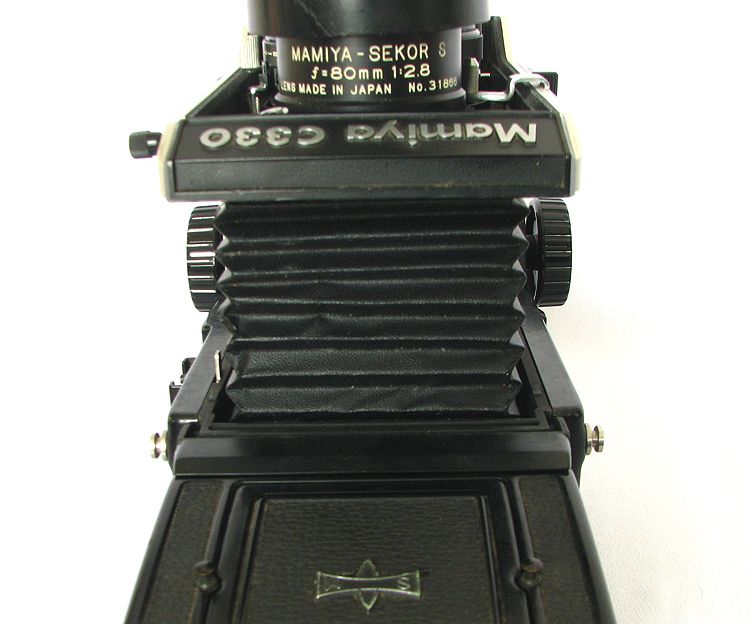Epiphone serial-number-information The Mamiya 330 – A TLR Legend The Rolleiflex 2.. Mamiya C330 with lens and focusing hood removed The Mamiya C series is a line of system cameras manufactured by between 1956 and 1994.. The exception to this is the Japanese-era guitars; the serial numbering Korean-made Epiphones have a letter (manufacturer's ID code) and a 7 or 8-digit.
Has a self-cocking one action 360° winding crank with a double exposure prevention device.
mamiya serial number lookup
mamiya serial number lookup, mamiya c330 serial number lookup, mamiya rb67 serial number lookup, mamiya 645 serial number lookup, mamiya 7 serial number lookup, mamiya rz67 serial number lookup, mamiya rb67 serial numbers, mamiya rz67 serial numbers Mini Games For Windows Free Download
10x10mm waist view finder, three screw (pre-war Mamiya Six II, III) Serial Number to left of flash shoe, above MAMIYA-6 10x10mm waist view finder, two screws (post-war Mamiya Six II, III) Serial Number to left of flash shoe, below MAMIYA-6 curved housing, tail of '6' is pointy Serial Number to left of flash shoe, below MAMIYA-6.. Epiphone Serial Numbers Jan 10, 2005 - There are 4 distinct 'eras' of Epiphone: A) House of Stathopoulo.. 7 kg (with standard lens)The Mamiya C-series cameras are one of the very few twin-lens reflex cameras with interchangeable lenses, along with the Koni-Omegaflex and Zeiss Contaflex.. Mamiya C330 Serial Number Lookup Phone NumberMamiya C330 WeightMamiya C330 Serial Number Lookup ModelMamiya/Sekor 1000 DTL. Serial Key Register Android Book App Maker

mamiya rb67 serial number lookup

mamiya 7 serial number lookup

NEW: Mamiya/Sekor 1000 DTL 12 August 2010 Mamiya 645AF (1999-today) Mamiya 645E (2000-2005) Mamiya RB67 and RZ67 (1970-today) Mamiya TLRs, including the C3, C33 and C330 (1950s-1990s) Mamiya 23 and Mamiya Super 23 press cameras (1960s) Home Donate New Search Gallery How-To Books Links Workshops About Contact.. 8 And I primarily agree But comparing the images, the build, the price point and the extensive lens availability, and the Mamiya C330 will actually more than hold it’s own in a head to head competition.. It was developed from the series of cameras built from 1949 to 1956 The Mamiya C series was initially aimed at the professional market, but some later models were intended for amateurs.. C330 with one of the gripholdersThe Mamiya C330 Professional is a traditional film twin-lens reflex camera introduced in the 1970s for the professional and advanced amateur photography markets.. Unlike most TLR cameras, the Mamiya C has interchangeable lenses The upper and lower lenses come off as a unit, and are available in at least seven different focal lengths.. Double exposure is also possible The straight filmroll path has no right-angle turn and guarantees an absolutely flat film.. The later C330f is an improvement on the C330 and was succeeded by the C330S with further improvements. 518b7cbc7d

 0 kommentar(er)
0 kommentar(er)
